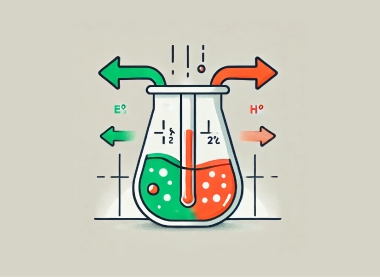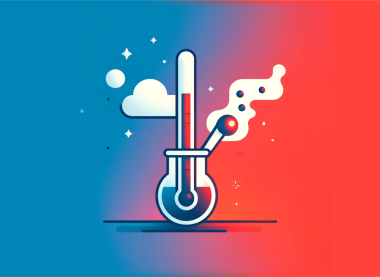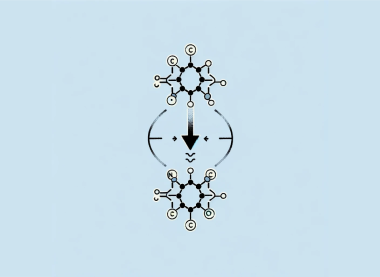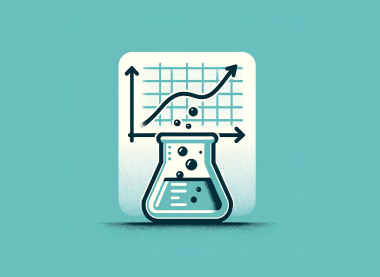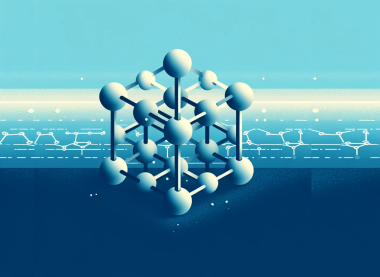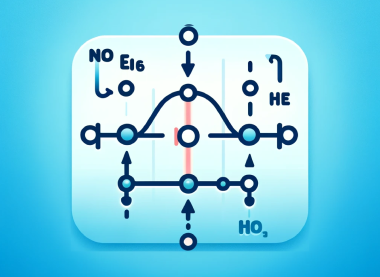The Complete AP Chemistry Course
Advanced Placement (AP) Chemistry, also known as AP Chem, as a course and test as part of the Advanced Placement Programme to allow high school students to present their skills and receive college-level credits at select colleges and universities.
-
-by chemandphysicsmastery
- 2 Students
- Last updated
Course Description
High school students who want to get a thorough knowledge of chemical concepts should enroll in the challenging AP Chemistry course, which is equivalent to a college course. Atomic structure, chemical bonding, electrochemistry, kinetics, equilibrium, thermodynamics, and acids and bases are all covered in the programme. Students gain knowledge of science inquiry and data analysis via both practical classroom work and theoretical instruction. Dedication, consistent study, and active lab participation are necessary for course success. By acquiring these ideas, students may prepare themselves for future science and engineering coursework as well as the AP Chemistry exam, which can lead to college credit and advanced placement.
What Will You Learn From This Course?
You will study basic chemical concepts in the AP Chemistry course, such as atomic structure, chemical bonds, and reactions. You will study subjects including electrochemistry, acids and bases, kinetics, equilibrium, and thermodynamics. The course will teach you how to conduct experiments, analyses data, and solve complicated issues with an emphasis on scientific reasoning and inquiry. Working in a practical laboratory will improve your comprehension of theoretical ideas. Your ability to think critically and solve problems will have improved by the end of the course, setting you up for success in graduate-level science, engineering, and a variety of other subjects.
- Unit 1: Atomic Structure and Properties
- Unit 2: Molecular and Ionic Compound Structure and Properties
- Unit 3: Intermolecular Forces and Properties
- Unit 4: Chemical Reactions
- Unit 5: Kinetics
- Unit 6: Thermodynamics
- Unit 7: Equilibrium
- Unit 8: Acids and Bases
- Unit 9: Applications of Thermodynamics
Curriculum
- 3 Sections
- 6 Lessons
- 10 Minutes
- Introduction3
- Lessons3
- Quizzes3
Your Instructors
Maximus Ligula Eleifend Id Nisl Quis Interdum. Sed Malesuada Tortor Non Turpis Semper Bibendum. Ut Ac Nisi Porta, Malesuada Risus Non Viverra Dolor. Vestibulum Ante Ipsum Primis In Faucibus Orci Luctus Et Ultrices Posuere.

